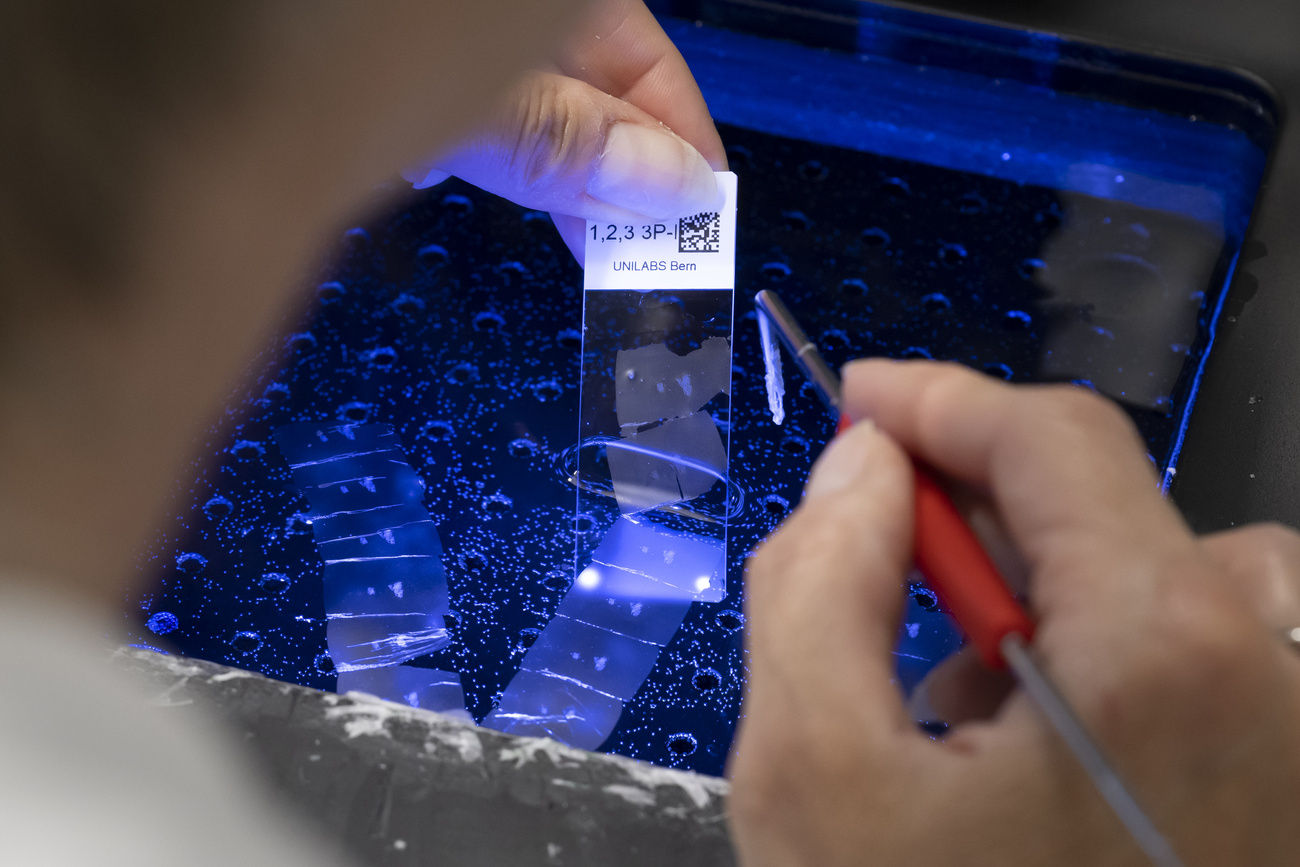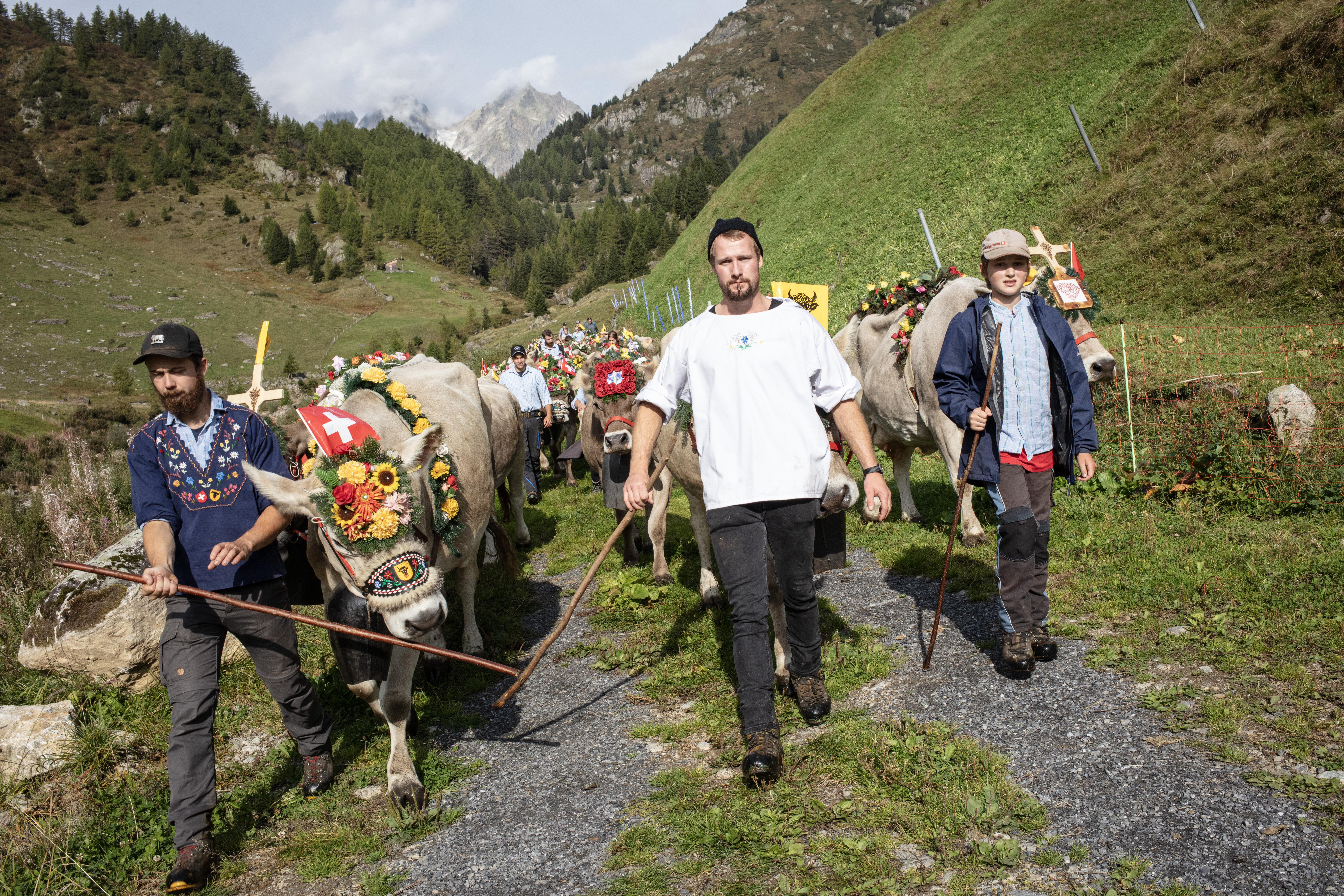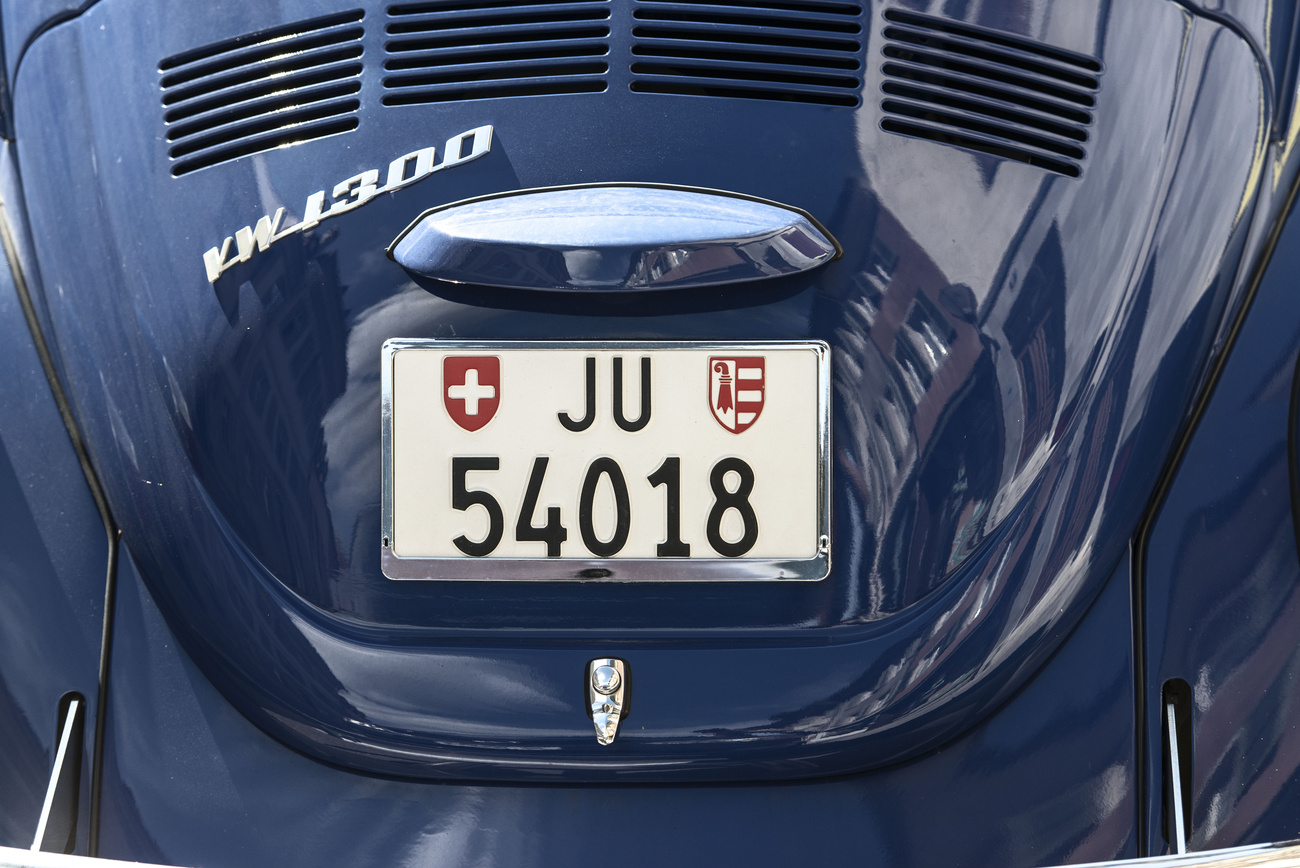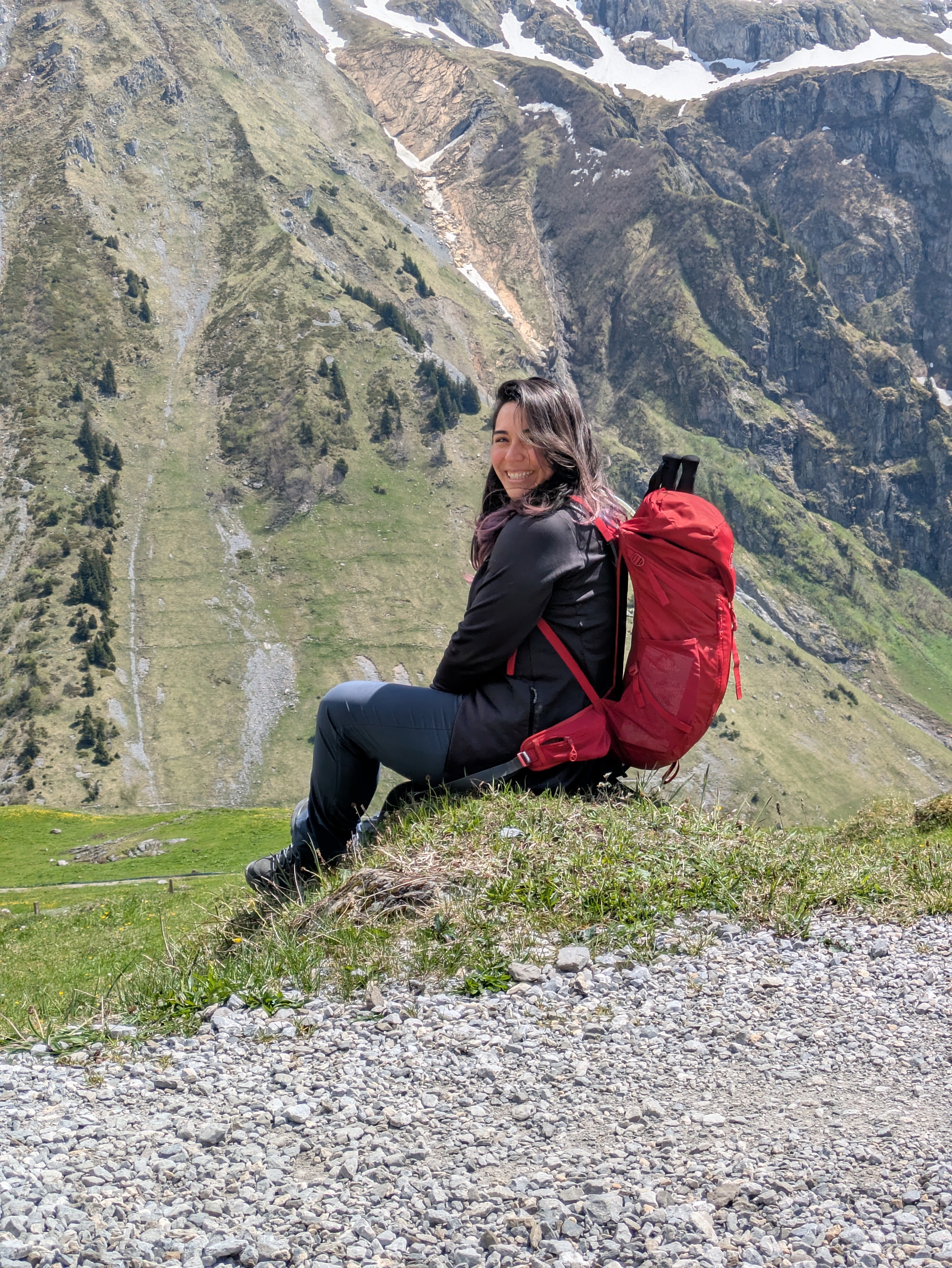
New dinosaur species discovered in Switzerland

An early example of a therapod – bipedal and carnivorous – dinosaur uncovered in northern Switzerland belongs to a previously unknown genus and species. It is also the first skeletal find of a therapod dinosaur in Switzerland.
The animal, which was not yet fully grown, lived during the Late Triassic about 210 million years ago and was about 2.6 to 3 metres long, explain Marion Zahner and Winand Brinkmann of the University of Zurich in the journal Nature Ecology & EvolutionExternal link.
“Although our knowledge of the fossil record of early theropod dinosaurs has greatly improved over the last two decades, very little is known about European taxa because they are largely incomplete,” they wrote.
“Here we present an exceptionally well-preserved theropod skeleton from the Late Triassic of Europe, pertaining to a new genus and species. The specimen includes a nearly complete skull, two articulated forelimbs and stomach contents.”
The skeleton was found in 2017 in Frick, northern Switzerland, which is known around the world for the density of dinosaur skeletons. It is home to Frick Dinosaur MuseumExternal link.
Notatesseraeraptor frickensis, as the new species is known, stands near the base of therapod dinosaurs and is an early representative of the line from which today’s birds have evolved, according to the scientists.
“Simplifying a lot, you could say that he belongs in the broadest sense to the ancestors of birds,” Zahner told the news agency Keystone-SDA.
Not so Clevosaurus
One of the Frick dinosaur’s last meals was a Clevosaurus, a genus related to today’s tuatara lizards. When the skeleton was uncovered, remnants of the contents of the stomach were also found, including the upper jawbone of a Clevosaurus.
The skull features of the new species give a better understanding of the evolution of therapod dinosaurs. Notatesseraeraptor seems to be a close relative of Dilophosaurus – possibly better known as the medium-sized aggressive ones in Jurassic ParkExternal link with two thin crests of bone on top of their head.
At the same time the skull and the remaining skeleton of the Notatesseraeraptor show features of a therapod dinosaur sister group of Dilophosaurus: the slender, long-necked CoelophysoideaExternal link, for example CoelophysisExternal link.
The genus name Notatesseraeraptor indicates this special combination of features and literally means “mosaic characteristics”, Zahner said.
“Each new fossil find allows a more accurate interpretation of the organisms’ natural family tree, complementing our picture of how features developed and changed in the course of evolution.”

More
Triassic park: oldest Swiss dinosaur skeleton found

In compliance with the JTI standards
More: SWI swissinfo.ch certified by the Journalism Trust Initiative






























You can find an overview of ongoing debates with our journalists here . Please join us!
If you want to start a conversation about a topic raised in this article or want to report factual errors, email us at english@swissinfo.ch.